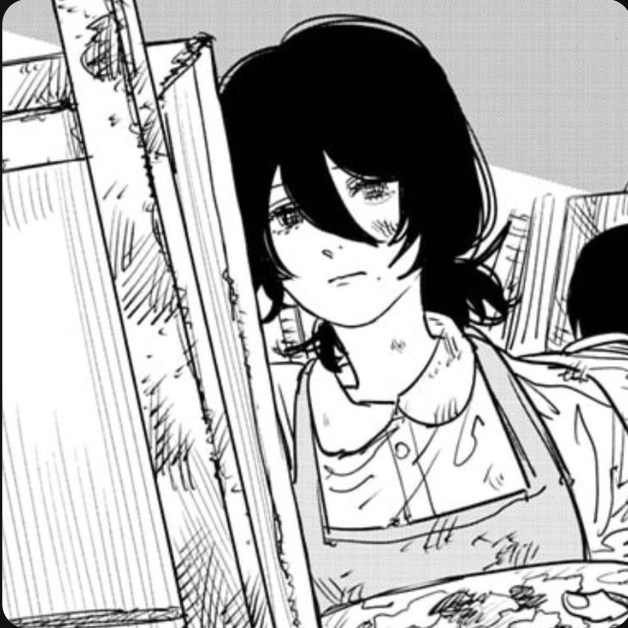Lines Inscribed Upon a Cup Formed from a Skull
Cards (10)
- Context and Symbolism of the Skull cup
- Dead skull serves as a symbol for the Christian 'Memento Mori' translating to 'remember that you must die.'
- Christianity emphasised the inevitability of the afterlife and the transient nature of life on earth.
- Byron owned a skull cup, suggests that he disregarded the sanctity of death and saw it as another event in the cycle of life.
- Cup was made from a monk's skull, perhaps directly insulting Christianity.
- Theme of Life and Death
- Death is inevitable, a necessary part of life. It is horrific and gruesome, but not final as our spirits live on.
- Life should be lived to the fullest because death limits us. It is important to mark out a legacy for oneself, and to be of use in both life and death.
- Form and Structure
- The continuity of structure, the quatrains and rhyme, reflects the certainty of death as a part of life.
- The fact that we are always progressing towards death is conveyed by the continuous, unchanging ABAB rhyme scheme.
- "Start not - nor deem my spirit fled."
- "Start not" may be a biblical reference to angels saying "be not afraid." Byron uses humour to equalise divine entities with talking skulls, conveying a sense of mockery towards the Christian Doctrine.
- Immediately tells the reader not to be startled by the skull cup.
- Religious imagery of "spirit" referring to the non-physical part of a human that doesn't die, as well as the class of alcohol reflecting Lord Byron's "carpe diem" ideology.
- "I lived, I loved, I quaff'd"
- The skull of the dead monk is talking, serving as a symbol of the Christian 'Memento Mori' emphasising the inevitability of the afterlife.
- Similar to the Roman "Veni, vidi, vici" used by Caesar meaning "I came, I saw, I conquered." Gives the speaker a sense of power.
- Last action of "quaff'd" is anti-climactic, suggesting the Monk didn't do much in his lifetime.
- "quaff'd" is outdated language, suggests speaker is out of touch with Byron's modernity.
- "The worm hath fouler lips than thine."
- "worm" conveys gothic imagery of death and evil, perhaps a biblical reference to the serpent in the creation story. Ironic as the worm doesn't have lips.
- Juxtaposition of "worm" and "lips," as lips may connote positive feelings of romance contrasting the grotesque "worm."
- Illustrates Byron's belief that the dead human body is not sacred through mention of decay. Subverts Romantic/religious views at the time of death being beautiful and sacred.
- "What nobler substitute than wine?"
- Byron was a nihilist and had the belief that one should live life whilst you still can because everyone will die at some point (main reason for his hedonistic lifestyle).
- "nobler" conveys an image of a strong personal voice to claim morality which juxtaposes ideals of earlier Romantics.
- Through this Byron attempts to justify hedonism, enjoying the "drink of Gods" (Ambrosia) and "sparkling grapes.
- "Quaff while thou canst."
- Carpe diem "seize the day" is the idea of fulfilling one's potential and living life because death is inevitable.
- "Quaff" meaning drink.
- "May rescue thee from earth's embrace, // And rhyme and revel with the dead."
- "Earth's embrace" conveys a sense of warmth and unusual imagery of this "embrace" being hostile and destructive.
- Personification of "earth's embrace" presents death as inviting which is ironic as being dead/buried is anything but welcoming.
- Links to the skull cup being "rescued" and given a new purpose.
- Juxtaposition of life and enjoyment.
- Alliteration suggests happiness through the pleasant rhythm.
- Suggests earth and death is something to be rescued from, going against Christian values.
- "Why not? Since through life's little day // Our heads such sad affects produce."
- Rhetorical question shows Byron's attempts to justify hedonism and the speaker's actions due to the enjoyment he gained from them.
- "life's little day" links to Carpe Diem philosophy and the inevitability of death, makes life seem small and unimportant.
- Alliteration made to sound brief reflects shortness of life.
- The "head" producing "sad affects" hinting at depression. May also link to Romantic idea of individual experience, criticising the conformity of society.
